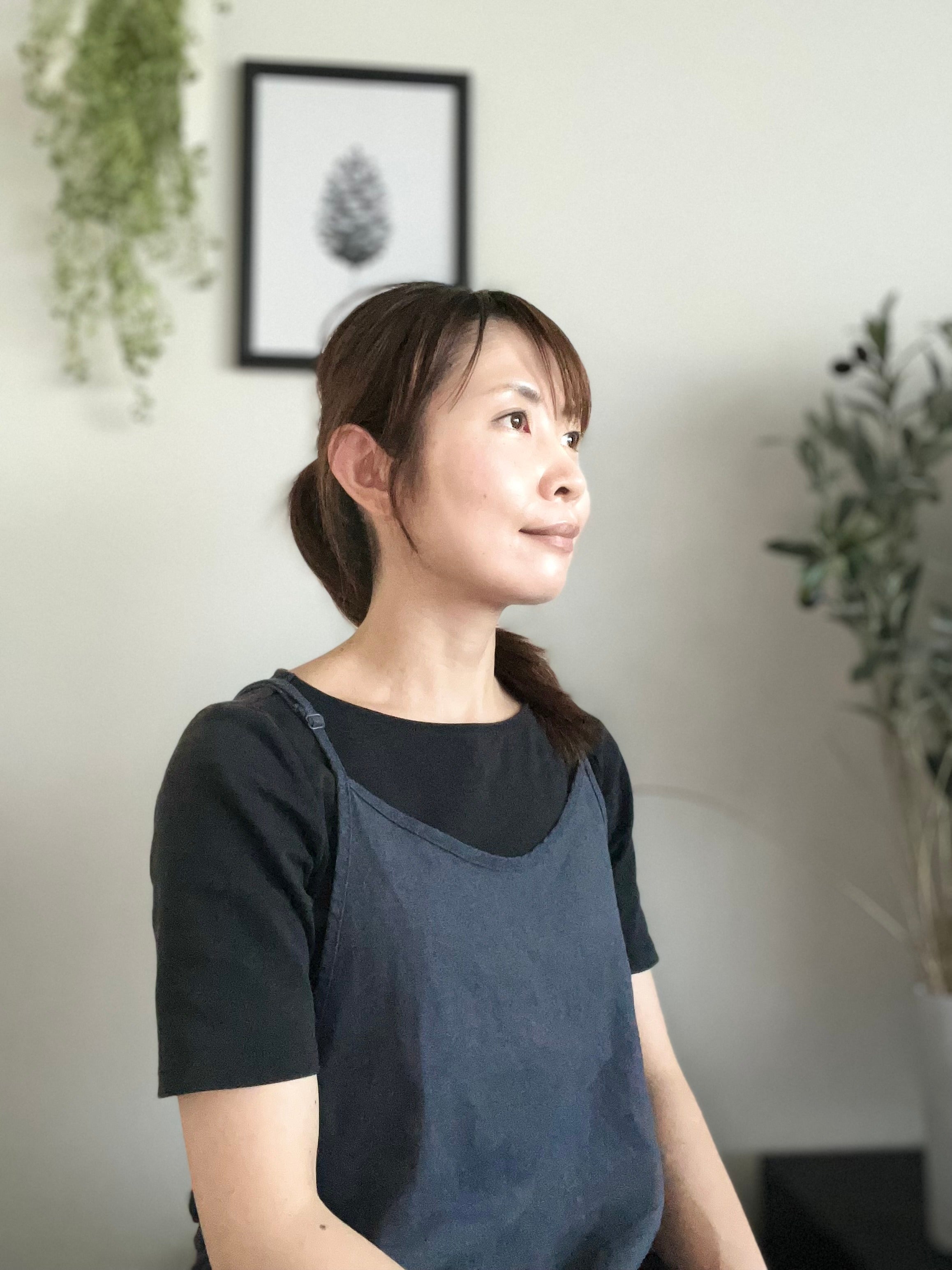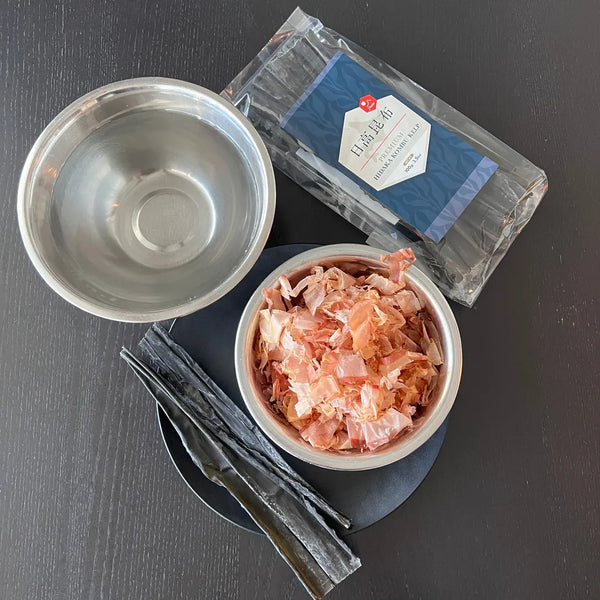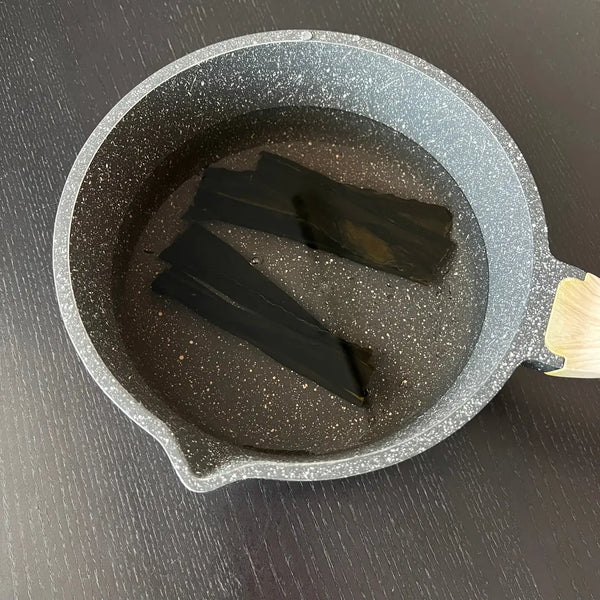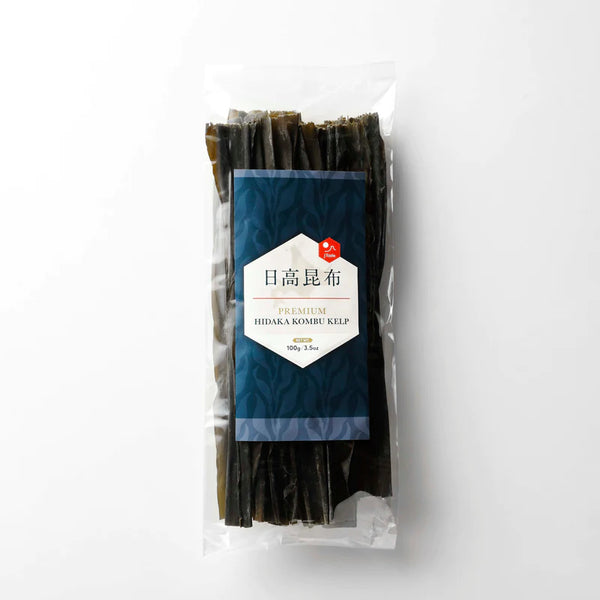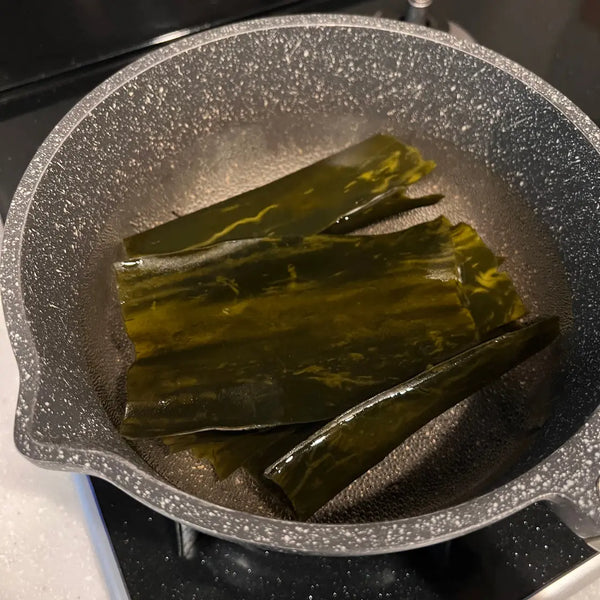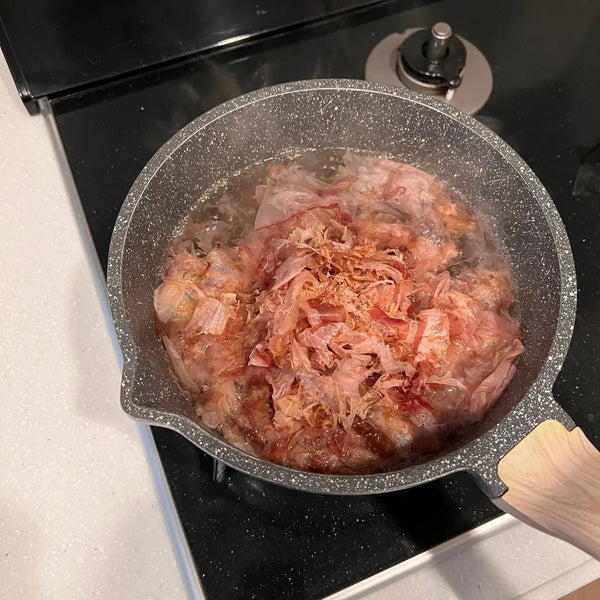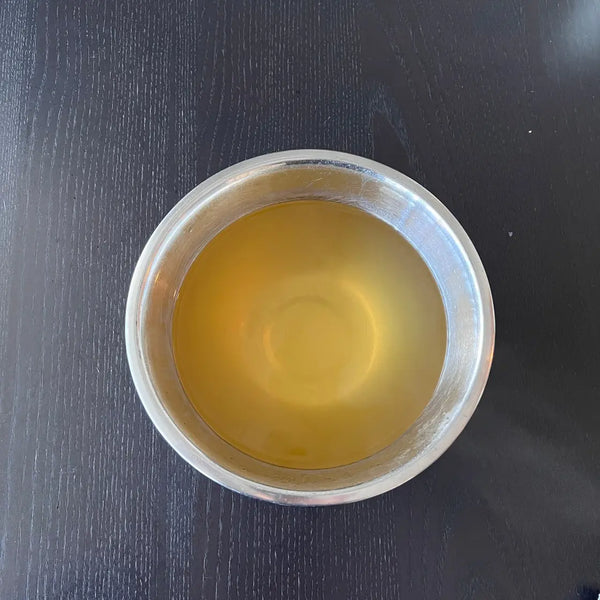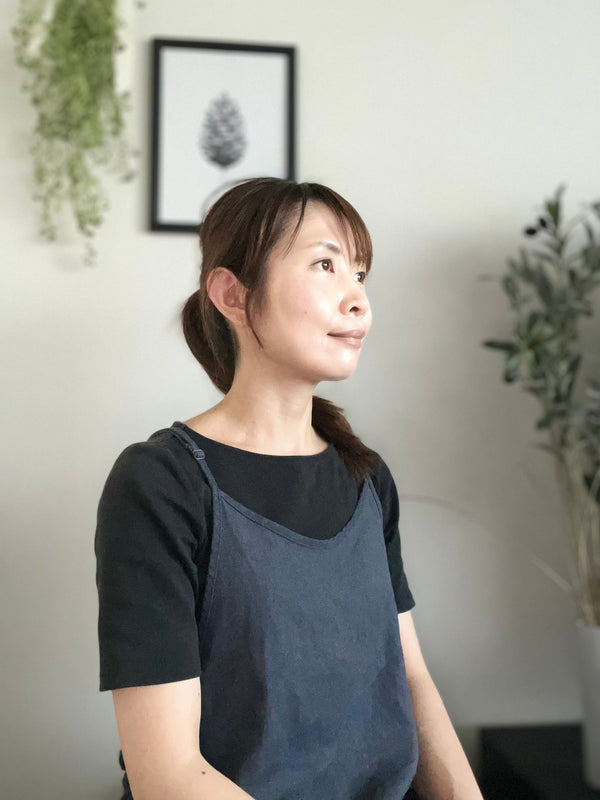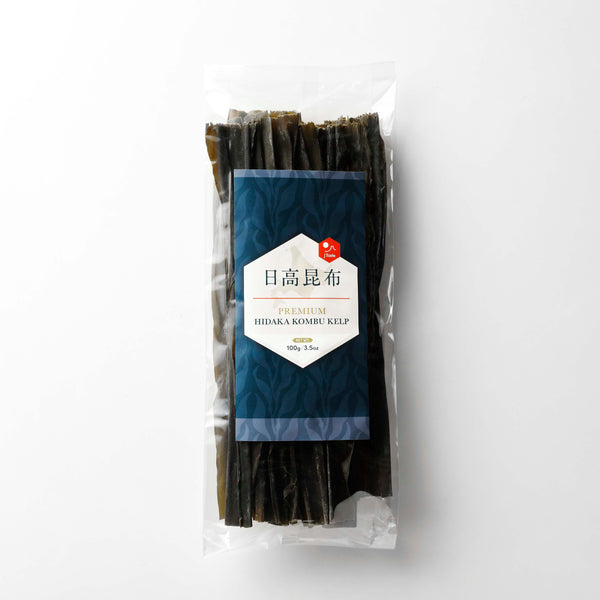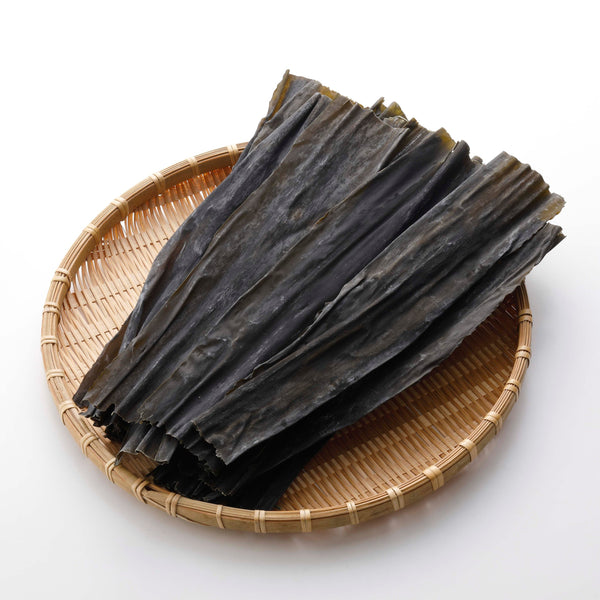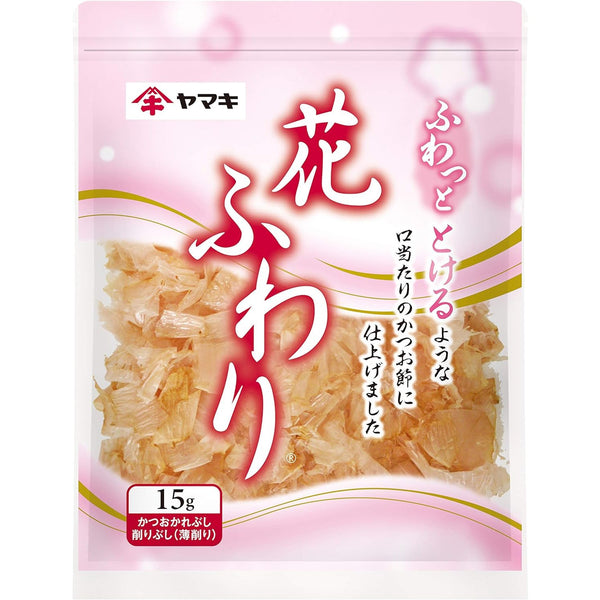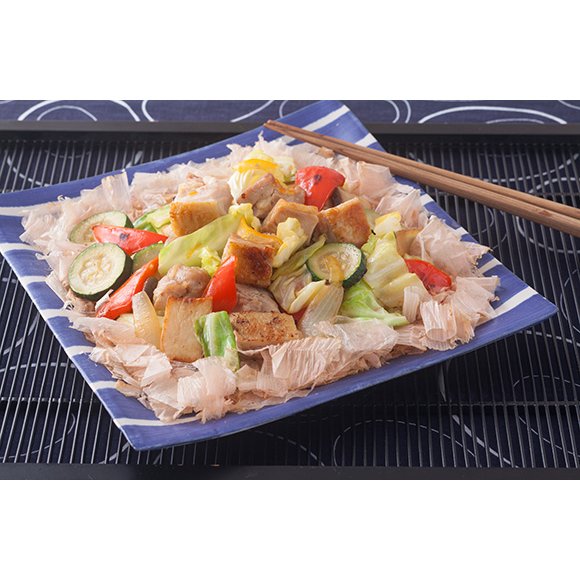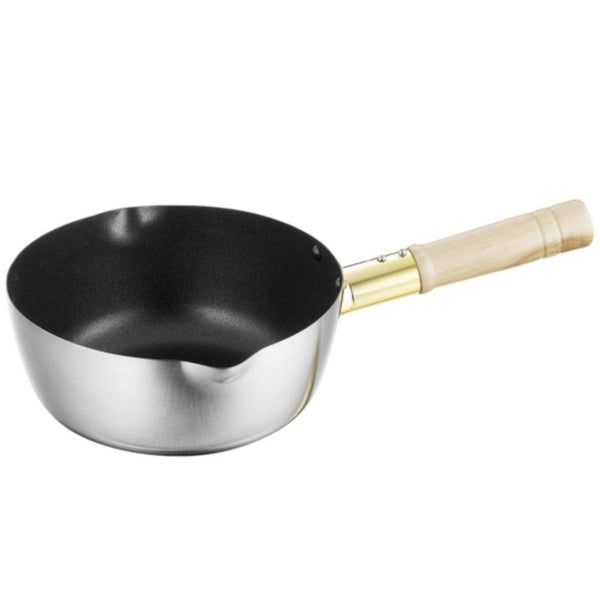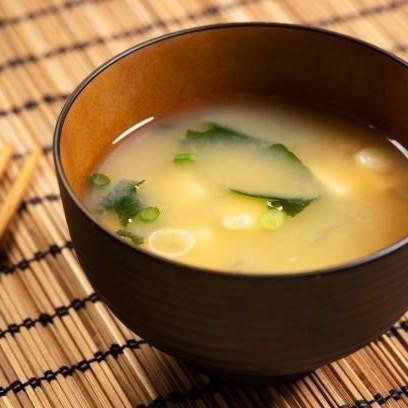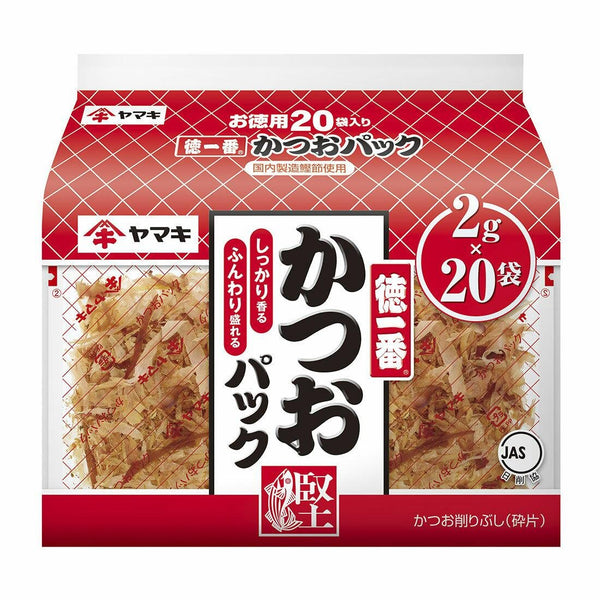
In Japanese cuisine, dashi holds a central place, featuring prominently in dishes like miso soup, udon, or tamagoyaki (Japanese rolled egg omelet). Despite its fundamental role, many Japanese households opt for convenience, turning to instant dashi powders or ready-made dashi liquids rather than crafting it from scratch.
However, homemade dashi boasts distinctive advantages: unparalleled flavor, absence of artificial additives, and, notably, simplicity in preparation.
Dashi is a broth or stock created by simmering various ingredients, including dried shiitake mushrooms, dried baby sardines (Iriko or niboshi), dried kelp (Kombu), and dried bonito flakes (Katsuobushi), as seen in the photo.
Among the diverse dashi variations, Awase dashi, a seafood-based stock combining dried kelps (kombu) and dried bonito flakes (katsuobushi), stands out as the most commonly used. In this recipe, we'll show you how to make awase dashi at home easily with ingredients that you can find on Japanese Taste.
